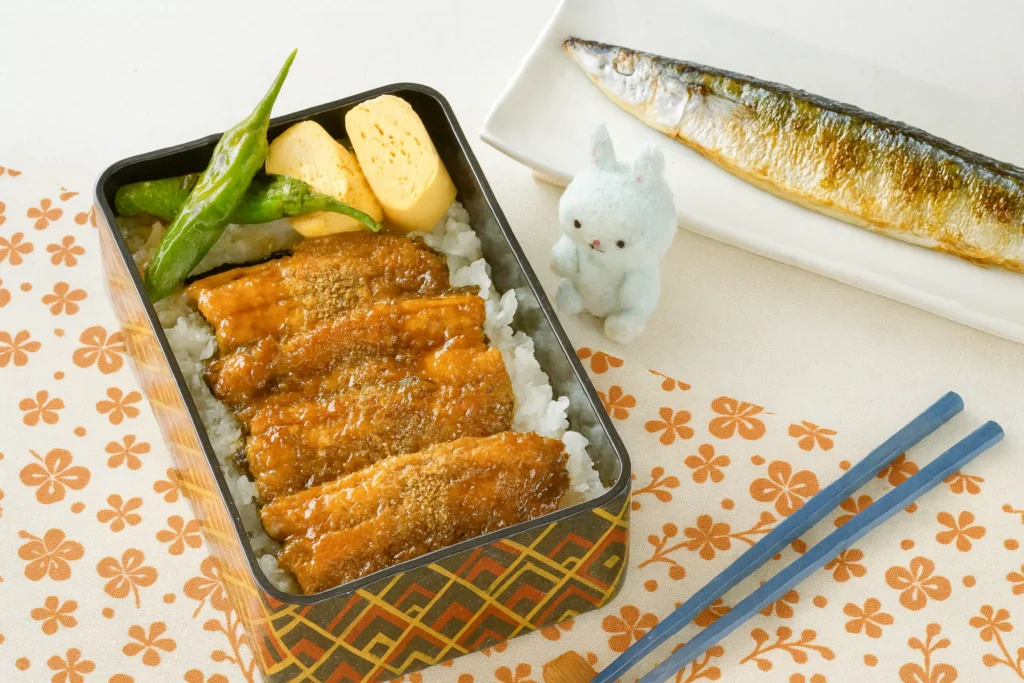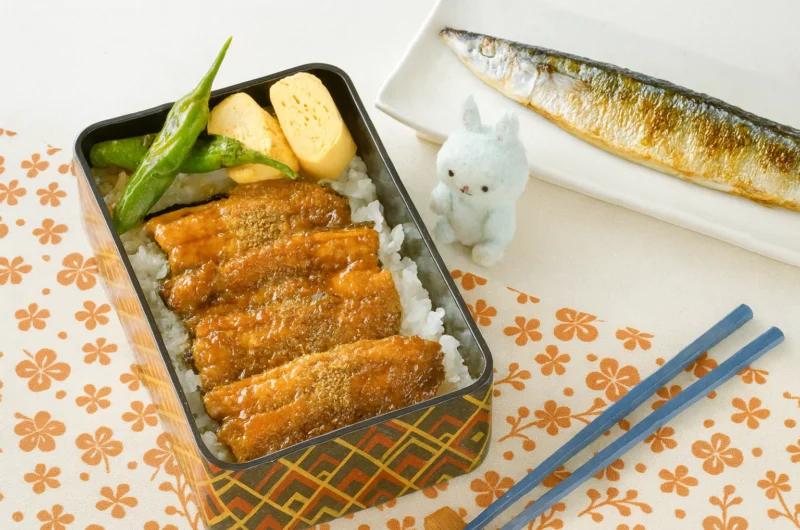Have you ever wondered why a simple grilled fish can taste so comforting and unforgettable? Many people think cooking fish at home is hard or messy, but is that really true? In this article, you’ll learn how making Grilled Sanma (焼きサンマ) is not only easy but also one of the most satisfying Japanese dishes you can bring to your table. By the end, you may find yourself craving this smoky, savory fish with a steaming bowl of rice.
Overview
Grilled Sanma (焼きサンマ) is one of Japan’s most beloved autumn dishes. The name sanma comes from Pacific saury, a long, slender fish known for its rich flavor and healthy oils. In Japan, when the cool winds of autumn arrive, people look forward to the sight and smell of sanma grilling outdoors.
This dish is special because:
- Time requirement: It takes less than 20 minutes to cook.
- Difficulty level: Beginner-friendly, no complex skills required.
- Flavor profile: Crispy skin, tender meat, and a sweet-savory glaze.
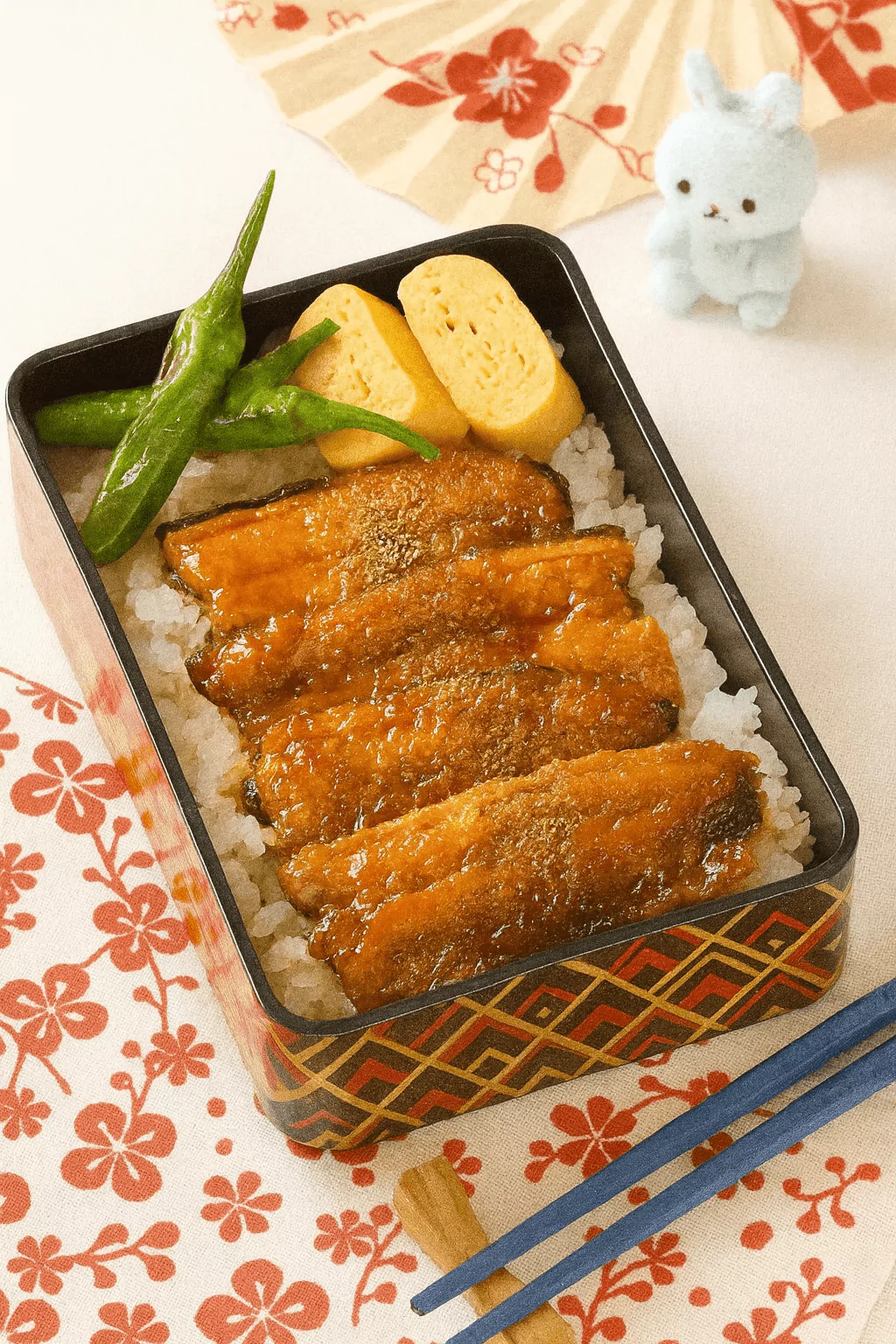
Grilled Sanma (焼きサンマ) @JapanDishes
Jump to Recipe Print RecipeWhat is Grilled Sanma 焼きサンマ?
Sanma, or Pacific saury, is a seasonal fish that is enjoyed grilled whole or filleted. Its natural oils create a smoky aroma when cooked, making it the symbol of Japanese autumn meals. In this recipe, the fish is lightly coated with flour, pan-grilled, and finished with a sweet and savory sauce of soy, mirin, and sake. The result is a dish that pairs perfectly with plain rice, miso soup, or seasonal vegetables.
Essential Ingredients
Let’s break down the key components that bring Grilled Sanma (焼きサンマ) to life:
- Pacific Saury (Sanma): The star of the dish. Its natural oils give a deep umami flavor.
- Substitutions: If you cannot find sanma, try mackerel, sardines, or trout.
- Cake flour (1 tablespoon): Provides a light coating that helps crisp the fish and hold the sauce.
- Alternative: All-purpose flour works fine.
- Oil (1 teaspoon): Used to prevent sticking and to brown the skin. Neutral oils like canola or sunflower are best.
- Hon Mirin (2 tablespoons): Adds sweetness and a glossy finish.
- Alternative: Mix sugar with a bit of sake if mirin isn’t available.
- Sake (1½ tablespoons): Cuts fishy odors and balances the flavor.
- Alternative: White wine can work in a pinch.
- Soy sauce (1½ tablespoons): Provides the salty depth essential to Japanese cooking.
- Sugar (2 teaspoons): Enhances caramelization and balances saltiness.
- Powdered Sansho pepper: A citrusy Japanese pepper that adds aroma and slight heat.
- Alternative: Black pepper with a touch of lemon zest.
These simple ingredients combine to create harmony—the core of Japanese cooking.
Step-by-Step Instructions
Step 1: Prepare the Fish
- Cut the Pacific saury into three fillets and then slice into 2–3 even pieces.
- Coat each piece lightly with cake flour. Lightly dust the fish and remove any excess flour so the coating stays thin and crisp.
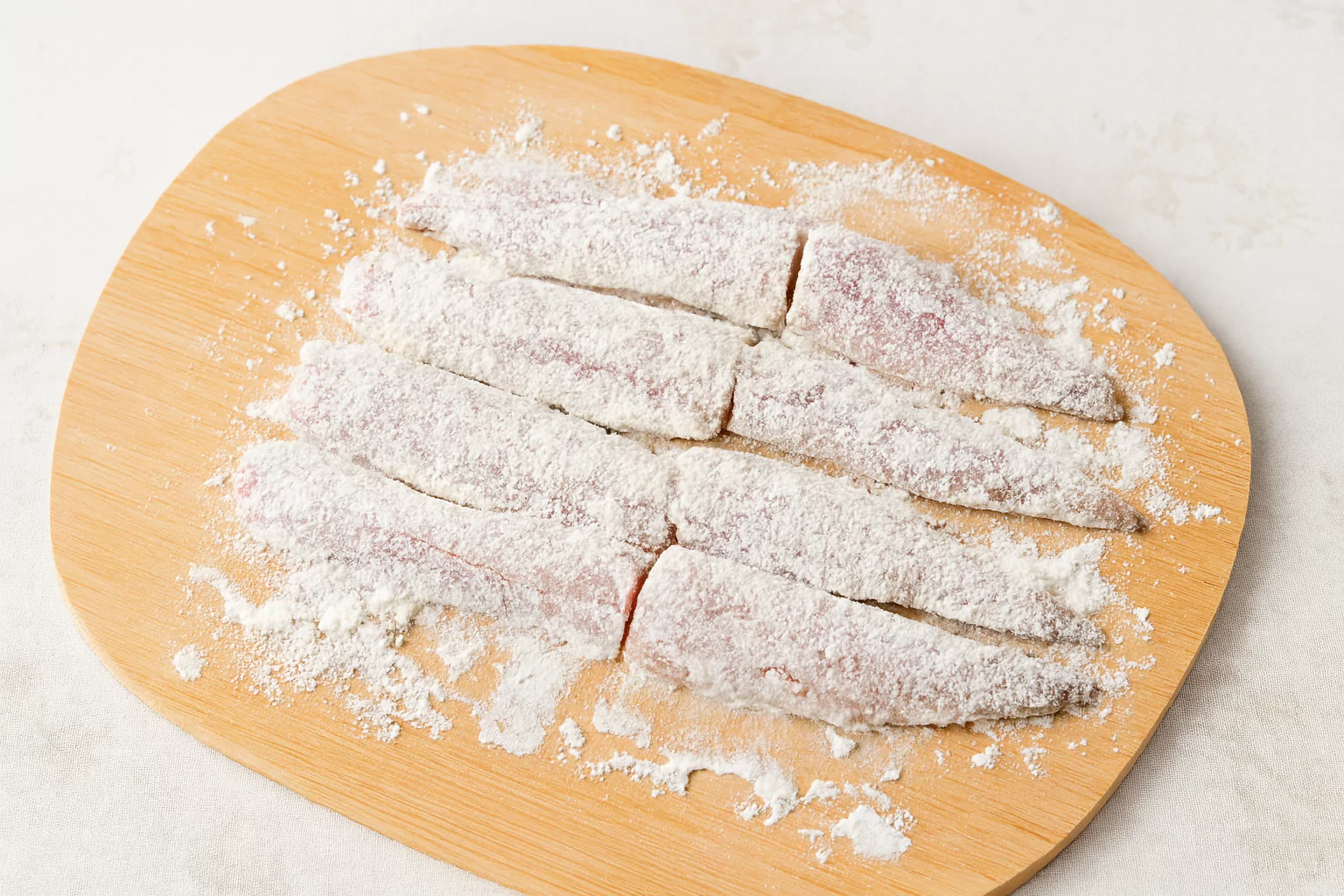
Tip: Pat the fish dry with a paper towel before coating. This helps the flour stick better.
Step 2: Pan-Grill
- Heat 1 teaspoon of oil in a nonstick frying pan.
- Place the fish skin-side down over medium heat.
- Let it cook for about 2–3 minutes, until the skin is browned and nicely crisp.
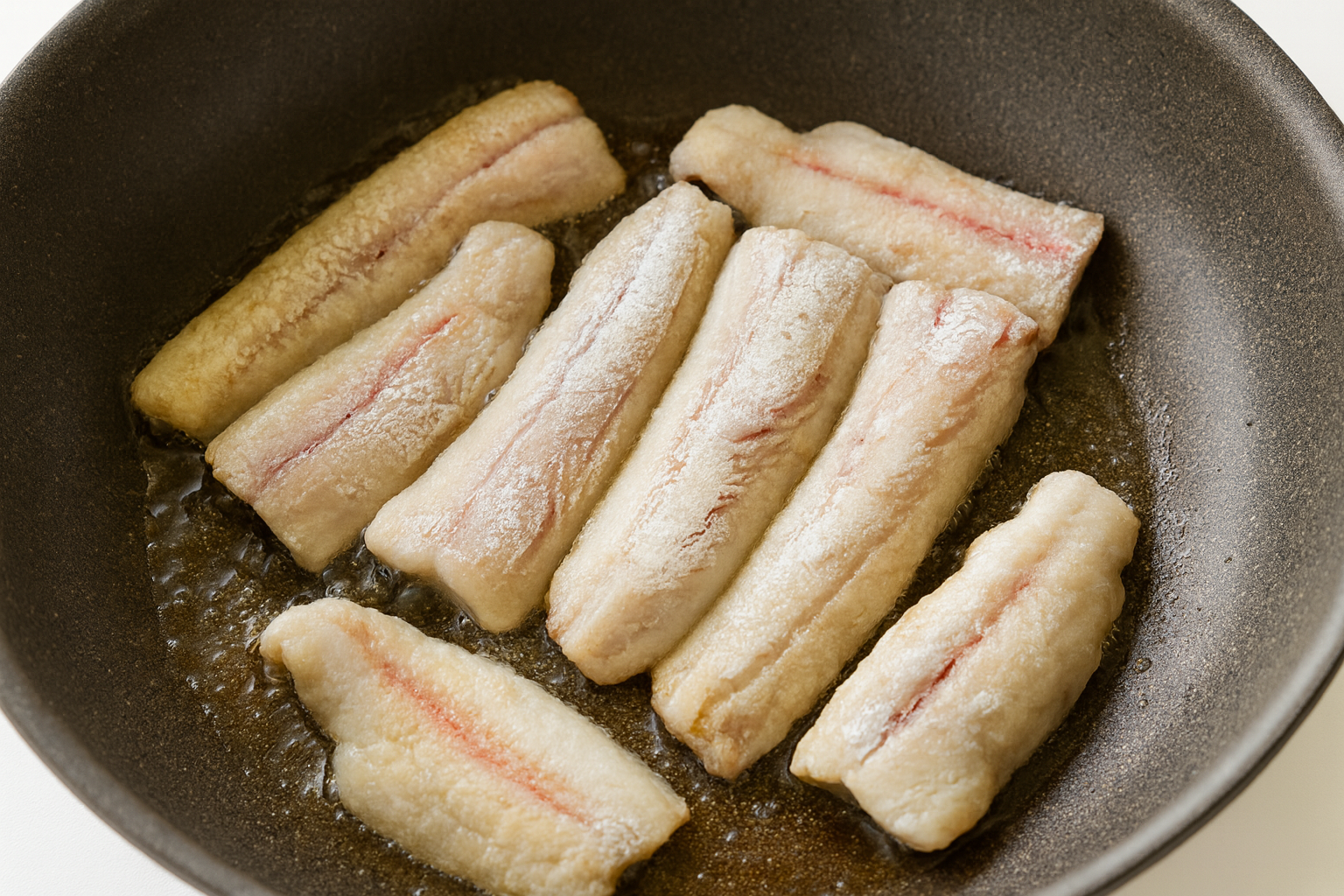
Tip: Don’t move the fish too soon. Let it sear and release naturally to keep the skin intact.
Step 3: Add the Sauce
- Flip the fish carefully.
- Pour in the sauce mixture:
- 2 tablespoons mirin
- 1½ tablespoons sake
- 1½ tablespoons soy sauce
- 2 teaspoons sugar

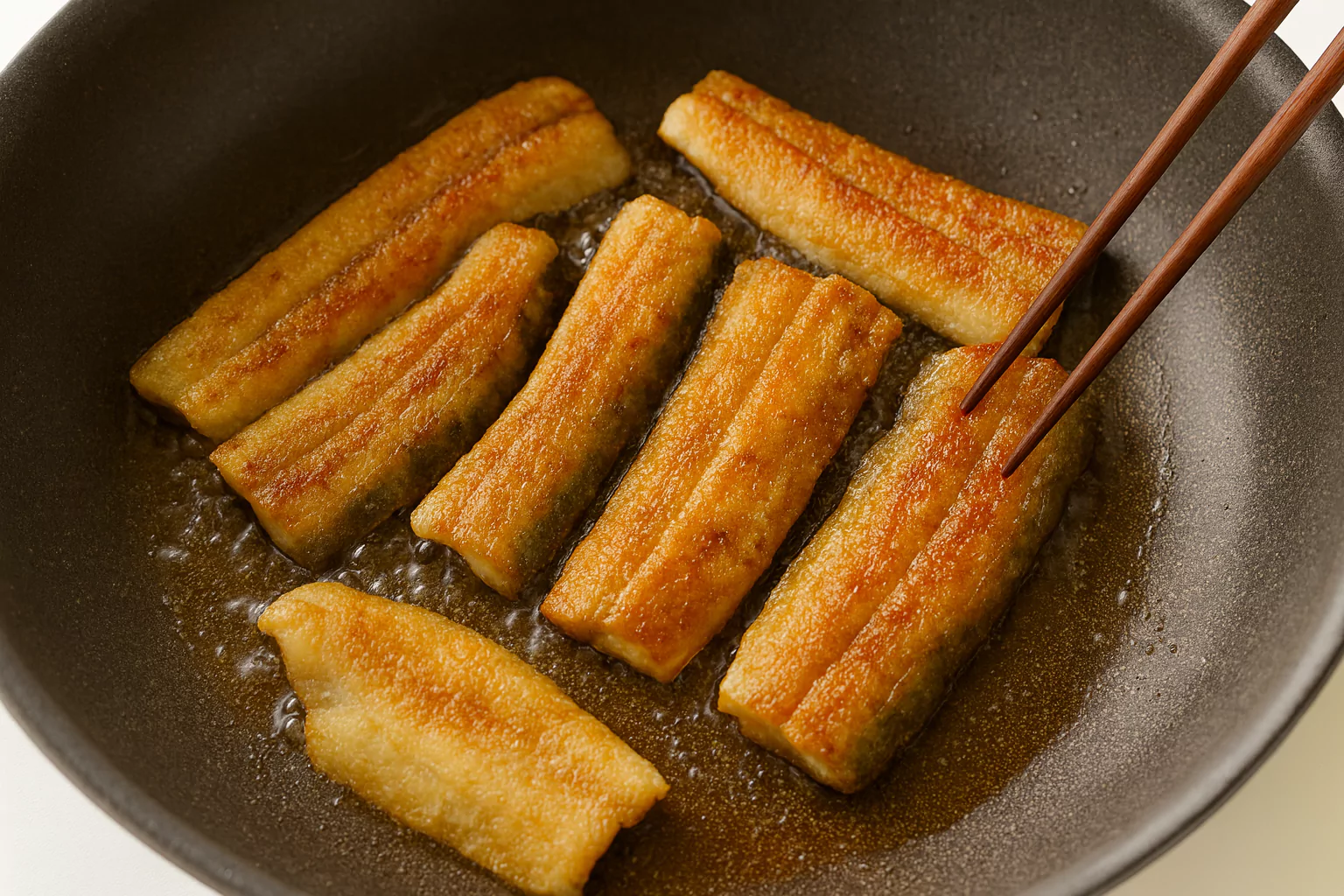
- Stir gently and cook for 1–2 minutes until the sauce thickens and coats the fish.
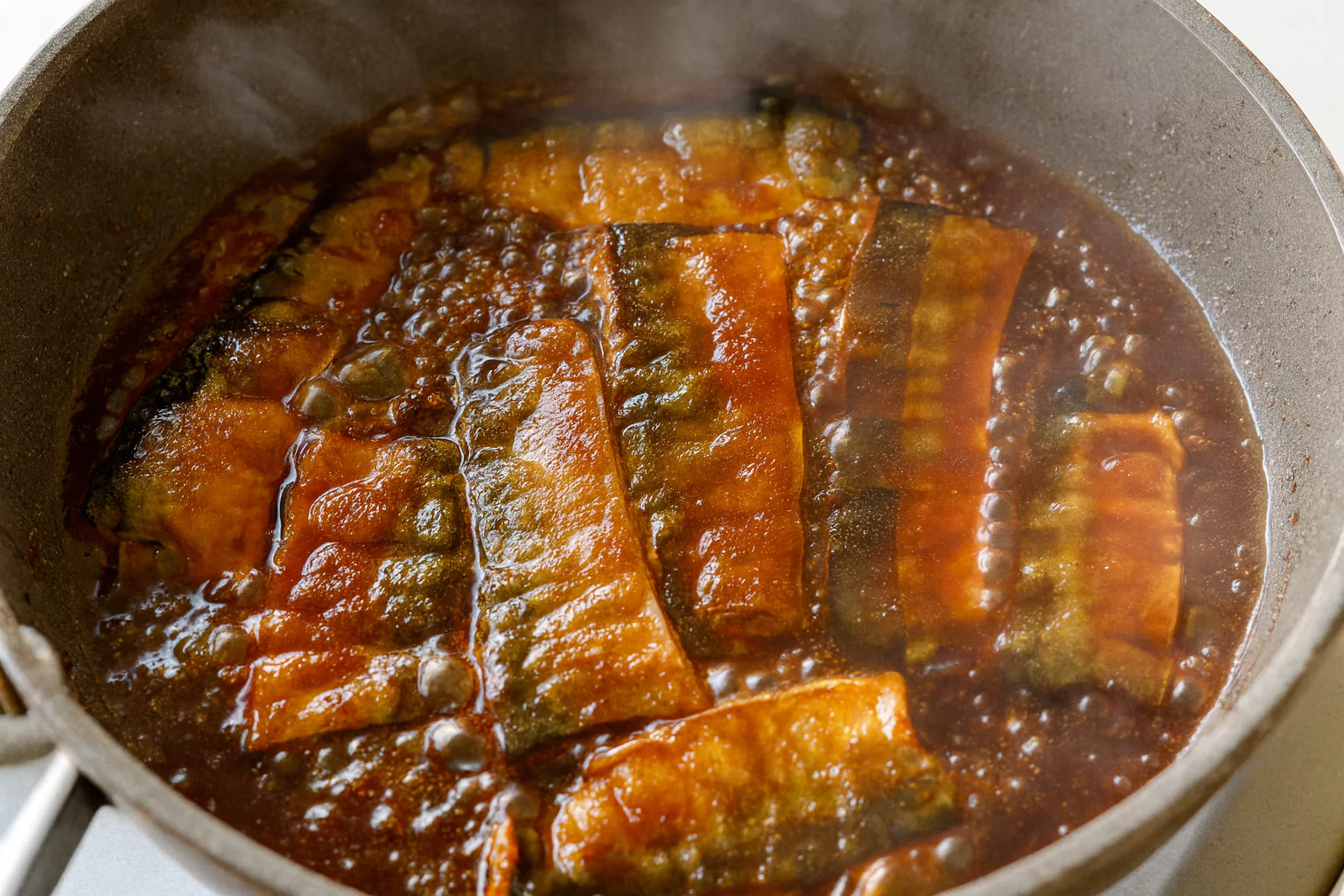
Step 4: Finish
- Drizzle the remaining sauce over rice or vegetables.
- Sprinkle with powdered sansho pepper before serving.
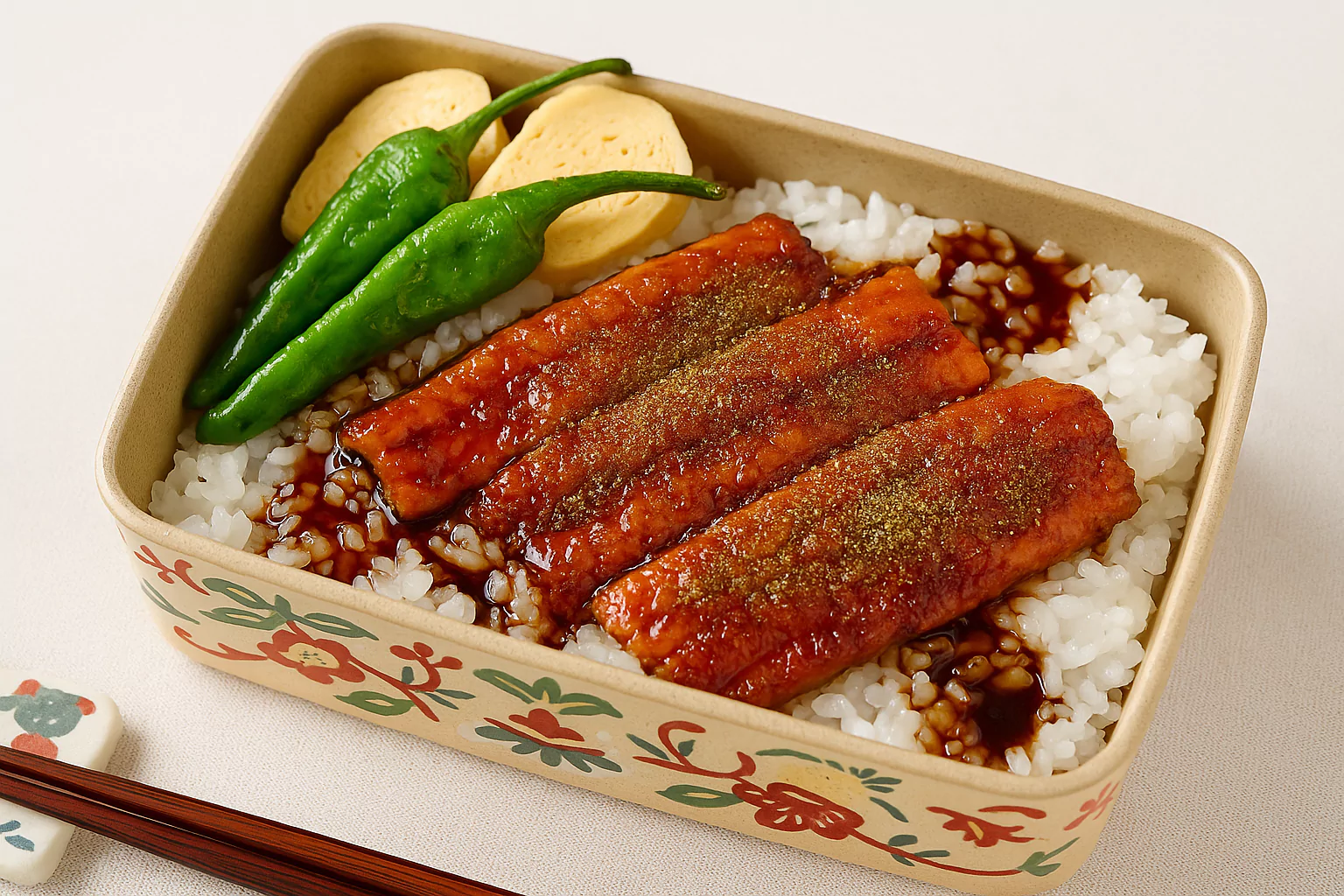
Grilled Sanma (焼きサンマ) @JapanDishes
Secrets to Success and Expert Tips
- Don’t overcook: Sanma is oily, so it cooks quickly. Overcooking dries it out.
- Balance the heat: Medium heat prevents burning while allowing even cooking.
- Freshness matters: The fresher the fish, the cleaner and sweeter the flavor.
Pro tip from Japanese kitchens: scoring the skin lightly prevents curling and helps even cooking.
Assembly and Presentation
To assemble your dish:
- Place the grilled sanma on a flat Japanese plate.
- Drizzle the sauce lightly instead of drowning the fish—this keeps the skin crispy.
- Add a wedge of lemon or grated daikon radish (daikon oroshi) for freshness.
- Serve with steamed white rice and miso soup for a complete meal.
Hana’s Recipe Tips
- Try brushing the fish with sauce twice: once while cooking and once just before serving.
- Keep the skin side up when plating—it looks more appealing.
- If cooking for guests, serve whole fillets instead of smaller cuts for a traditional touch.
Storage and Make-Ahead Tips
- Refrigeration: Store leftover grilled sanma in an airtight container for up to 2 days.
- Freezing: Wrap tightly in foil and freeze for up to 1 month. Reheat gently in a pan.
- Reheating: Warm over low heat in a covered skillet with a splash of sake to restore moisture.
- Make-ahead: The sauce can be prepared in advance and stored in the fridge for 3–4 days.
Recipe Variations
Want to add your own twist? Here are some ideas:
- Citrus glaze: Add yuzu or lemon juice to the sauce for brightness.
- Spicy kick: Mix a touch of chili paste with soy sauce.
- Teriyaki style: Increase mirin and sugar for a sweeter, thicker glaze.
- Outdoor grill: Instead of pan-frying, cook the fish on a charcoal grill for smoky flavor.
- Whole fish version: Grill sanma whole, seasoned with salt, and serve with grated daikon.
If you enjoy Japanese grilled fish, you might also like trying Saba Shioyaki (Grilled Mackerel), another traditional favorite with crispy skin and savory flavor.
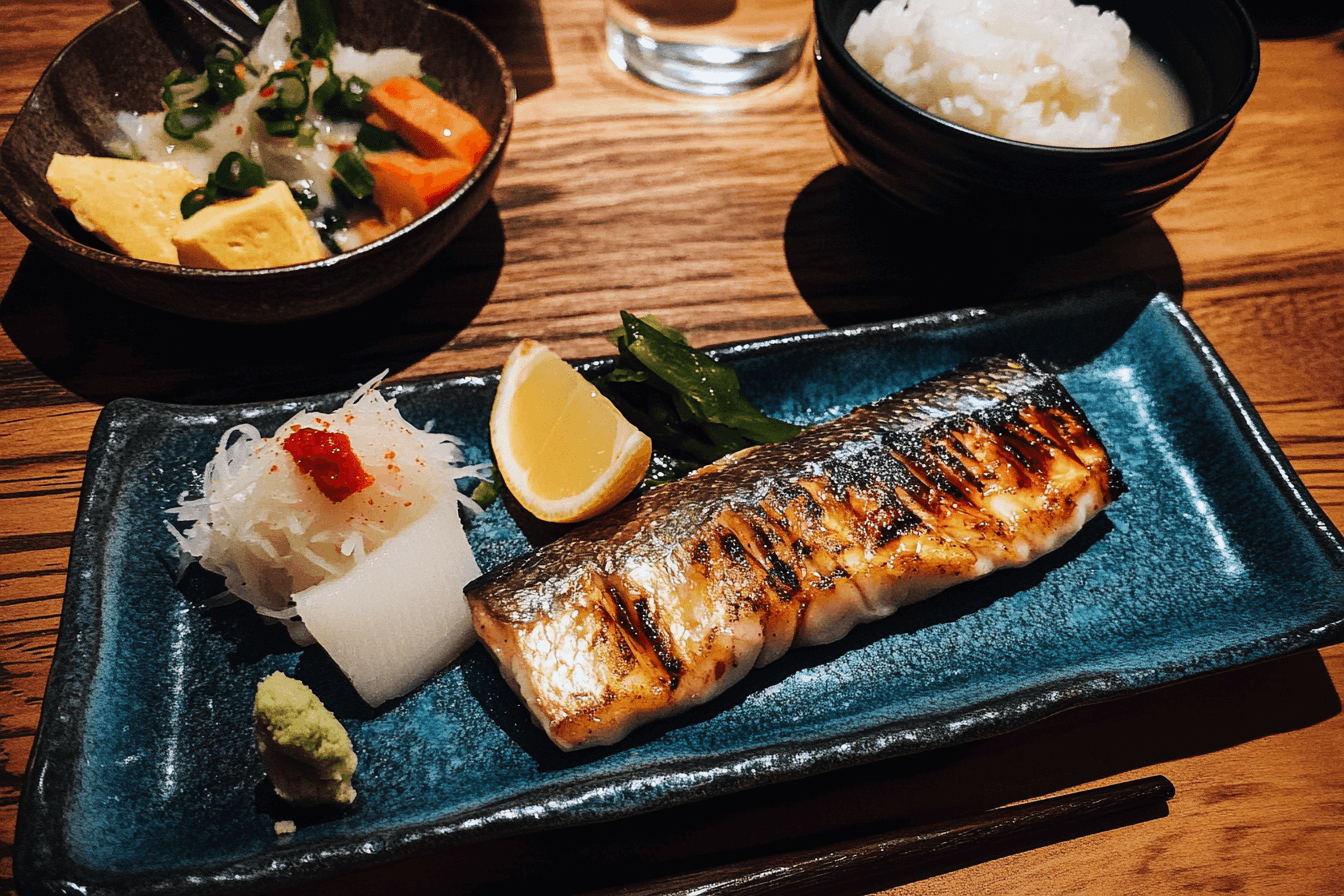
Grilled Mackerel Saba Shioyaki (鯖の塩焼き)
Conclusion
Grilled Sanma (焼きサンマ) proves that a simple dish can be full of tradition, flavor, and comfort. With just a handful of ingredients, you can create a meal that feels both homey and special. Try this recipe, make it your own, and enjoy the satisfaction of cooking one of Japan’s seasonal treasures in your own kitchen.
If you want to explore more about Japanese food, travel tips, or the latest news from Japan, head over to JapanToVisit a site full of guides, food stories, and updates for people who love Japan or want to visit it.
FAQs
1. What is the best way to remove the fishy smell?
Using sake and mirin in the sauce helps remove odors while enhancing flavor. Patting the fish dry also reduces smell during cooking.
2. Can I use frozen sanma?
Yes. Thaw completely, pat dry, and cook as directed. Fresh sanma is best, but frozen works well too.
3. Is Grilled Sanma healthy?
Absolutely. Sanma is rich in omega-3 fatty acids, which support heart and brain health. It’s also high in protein and low in carbohydrates.
4. Can I prepare this without alcohol?
Yes. Replace sake with water and mirin with a sugar-water mix. The taste won’t be exactly the same, but it will still be enjoyable.
5. How do I serve Grilled Sanma traditionally?
In Japan, it’s served with white rice, miso soup, and pickled vegetables. A garnish of grated daikon and soy sauce is common.
6. How do I keep the skin from sticking?
Use a nonstick pan or lightly oil the surface. Heat the pan before adding the fish and avoid moving it too soon.
7. Can I make this recipe spicier?
Yes. Add sansho pepper, chili flakes, or a dash of shichimi togarashi (Japanese seven-spice blend).
Grilled Sanma 焼きサンマ
Course: MainCuisine: JapaneseDifficulty: Easy2
servings5
minutes10
minutes~280
kcalIngredients
2 Pacific saury (sanma), filleted and cut into 2–3 pieces each
1 tablespoon cake flour (or all-purpose flour)
1 teaspoon neutral oil (canola, sunflower, or vegetable)
2 tablespoons hon mirin
1½ tablespoons sake
1½ tablespoons soy sauce
2 teaspoons sugar
Powdered sansho pepper, to taste
Directions
- Prepare the fish: Slice each sanma fillet into even pieces. Pat dry and coat lightly with flour, shaking off excess.
- Start cooking: Heat oil in a nonstick frying pan over medium heat. Place fish skin-side down and cook until the skin is golden brown (about 2–3 minutes).
- Flip and season: Turn the fish over carefully. Pour in the mixture of mirin, sake, soy sauce, and sugar. Stir gently as it simmers.
- Glaze the fish: Cook for another 1–2 minutes, spooning the sauce over the fish until it thickens and coats evenly.
- Serve: Plate the fish, drizzle with leftover sauce, and sprinkle with sansho pepper before serving.
Notes
- ✪ For a smoky flavor, you can grill the fish over charcoal instead of pan-frying.
✪ Serve with steamed rice, miso soup, and pickled vegetables for a complete Japanese-style meal.
✪ If Pacific saury is not available, try substituting with mackerel or sardines.
